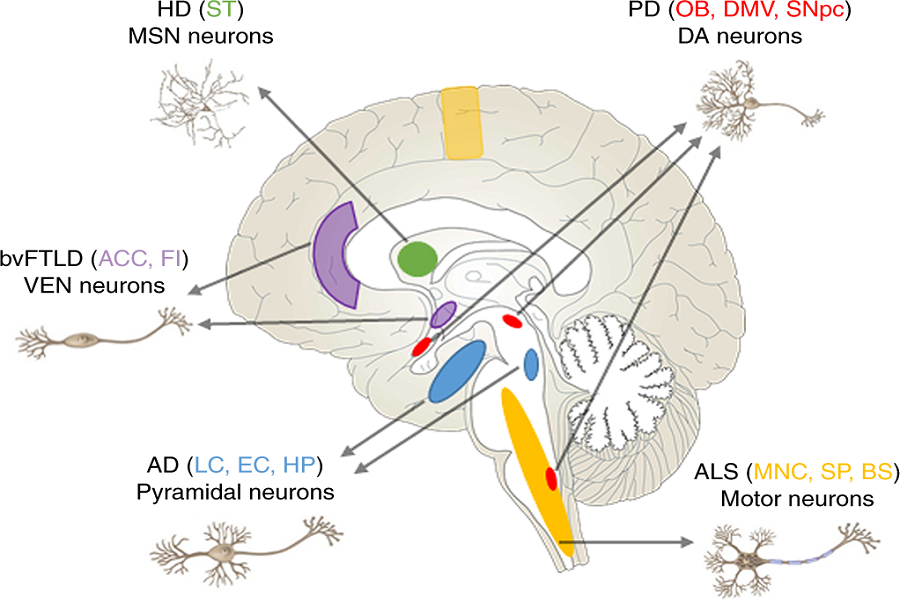
Published :
Updated :

Problems with brain function manifest as a neurological disorder. There are many types, and they can affect both children and adults. One class of neurological disorder is called neurodegenerative conditions.
This encompasses many nervous system problems causing progressive deterioration of the neurons and synapses. The consequence is a lack of muscle strength, incoordination, loss of balance while walking, sensory and cognitive deficiencies.
Millions of people, including children, suffer from neurodegenerative diseases around the world. For many of these cases, the underlying cause is unknown. Among other causes for both kids and adults, genetic viral infections, e.g., HIV, vitamin B12 and E deficiency, and hypothyroidism, are important. For some, this could be the result of adverse effects from drugs, such as anticonvulsants.
In children, the severity of neurodegenerative disorder increases over time. It could be manifested in diverse ways. Some patients can come with problems with speech, vision and mobility. Sometimes, the behaviour becomes abnormal with excessive quietness or excitement. Others may present with seizures.
One specific type of seizure, which parents often miss, is infantile spasm. These are different from typical seizures and look like small jerks, especially when the child goes to sleep or wakes up.
The neurodegenerative disorder affects a child's normal development trajectory. Therefore, it is important to understand how it works to notice any issues immediately. Generally, there are four main criteria to determine if a child is growing the way it should.
One is motor functions, including walking, sitting, crawling, etc. The child should be able to do that within a certain timeline. If there are any delays, parents should seek a physician for advice.
Another important thing is the ability of the kid to perform some finer activities at a specific age, e.g., holding a pencil, scribbling, etc. In case of muscle weakness or incoordination, these activities will be hampered. Other important parameters are language and speech. This is one of the telltale signs of whether the child has any issues with their brain development.
Neurodegenerative disorders do not happen suddenly. There are warning signs that may raise suspicion. As discussed above, these are delays in developmental milestones. If a child has mastered a skill, e.g., buttoning the dress, and then forgets it, then this is a red flag. Staring vacantly for a long period and being unresponsive to stimuli indicate that something is wrong with the nervous system.
To ensure the child is growing properly and there are no underlying problems, regular check-up with a physician during the developmental stage is recommended.
The paediatrician generally measures head circumference, height and weight, among other things, to understand the growth pattern. The head size should increase by 12 cm during the first year after birth. The baby should weigh around 10 kg by year one, which increases to 10 kg by the time they become six years old. Similarly, there is a height pattern that is considered standard for children.
Neurodegenerative disorders are usually rare and difficult to diagnose. Specialist help is needed to figure out what exactly is the cause. If the underlying reason is identified, appropriate intervention can be instituted to help the kid. It is critical to diagnose the condition early, as it significantly increases the chances of success with the treatment.
imtiazdmc@gmail.com


 For all latest news, follow The Financial Express Google News channel.
For all latest news, follow The Financial Express Google News channel.